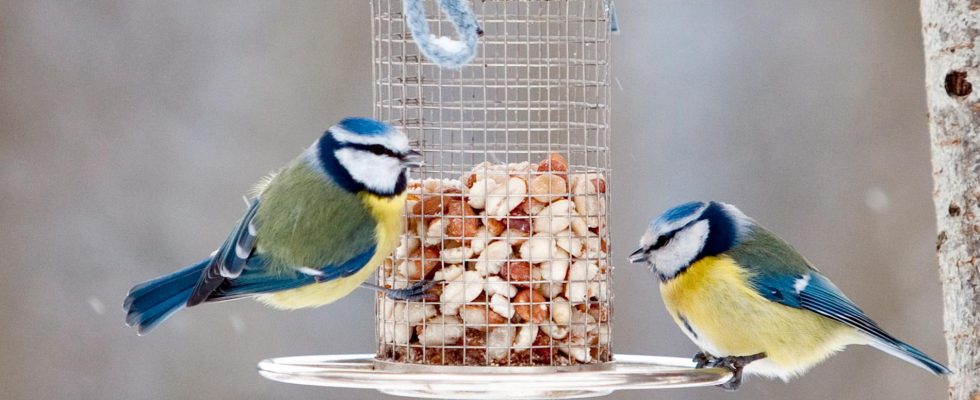Published: Just now
Small birds who are offered a buffet of bird food run the risk of contracting infections in the crowd. But the benefits outweigh – the added energy from seeds, nuts and tallow balls that people put out makes the birds healthier.
The conclusion is drawn by Hannah Watson, a biologist at Lund University, who has taken a closer look at how the body temperature of small birds is affected by feeding.
– We recommend that people continue to feed birds, she says.
In winter, small birds save energy by dropping their body temperature several degrees during the long nights. But according to recent research, birds with access to feeders do not get as cold at night as birds that are not fed. They benefit from that if they are exposed to infection.
Simulated infection
In the study, which is published in the scientific journal Journal of Animal Ecology, tall-tailed deer in a southern Swedish forest were exposed to simulated infection, that is, cell walls from bacteria that trigger a short-term fever reaction without causing disease.
Some of the wild birds lived in an area where it was dense between the feeding tables, while the others, who lived in another part of the forest, had to do without feeding.
Before starting the study, Hannah Watson had thought that fed small birds would react with an even higher fever response. But no matter how cold they were to begin with, the birds got about the same fever temperature when they had to fight the infection.
– The birds that were fed did not have to use as much energy to fight the fake infection, says Hannah Watson.
Popular to feed
It is unclear why the fed birds did not develop an even higher fever. The research group’s hypothesis is that by being exposed to more contagion at the feeding tables, they build up a tolerance against infections to a greater extent. But this is not proven, but something Hannah Watson wants to research further.
– Bird feeding is a very popular activity and therefore it is important that we better understand how it helps and how it risks harming birds.
Facts
Risk of infection around the bird tables
Sick birds are drawn to bird tables because they can easily get food there.
Since infection can be spread via the birds’ feces, it is best to use a so-called bird feeder, instead of a traditional bird table.
Bird feeders are designed so that bird poo does not end up among the food. They should be made of a material that is easy to clean.
The ground under the bird feeder should also be kept clean of bird poo, as the birds often look for food in the feed waste there as well. A tip is to put fir rice underneath and replace.
To avoid illness, you should also keep an eye on the food not smelling stale or looking moldy.
Examples of diseases that can infect small birds at bird tables are salmonella, yellow bud, parrot disease and bird pox.
After handling bird feeders, it is important to wash your hands thoroughly to avoid contracting salmonella yourself.
Source: The Norwegian Veterinary Institute (SVA)
Read more
